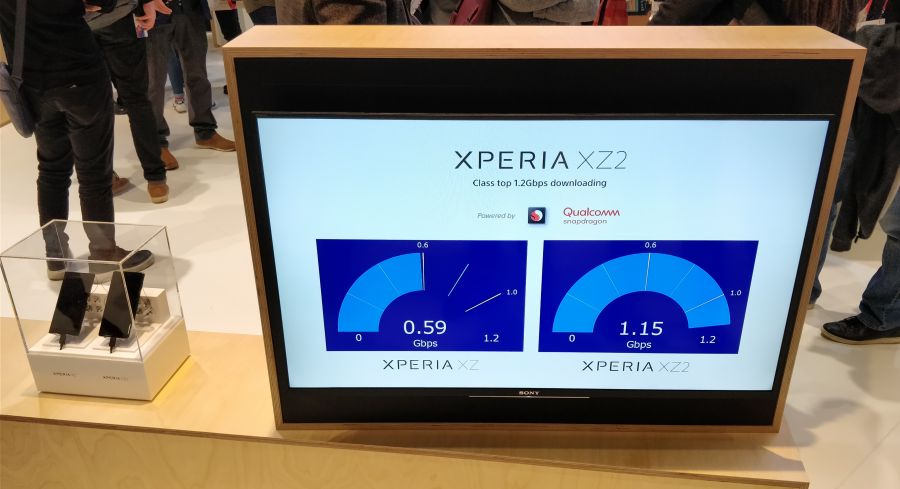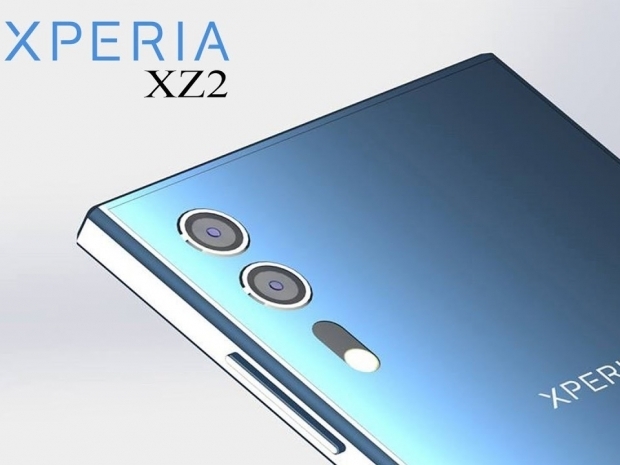The phone is one of the two Sony announced at the Mobile World Congress in Barcelona using Qualcomm's flagship chip with many more to come. Slobodan, at Fudzilla spent some time telling you a bit more about the Xperia XZ2 and the Xperia XZ2 compact. RF Front End (RFFE) modem-to-antenna, Power Amplifier Modules including Duplexers (PAMiDs), QET4100 Envelope Tracker, Advanced Antenna Tuning and QDM3620, QDM3630, QDM3640 Diversity Receive Modules are what makes these 1.2 Gbps speeds possible.
Sony is one of the pioneers when it comes to antenna and front end design and Nick went a bit deeper into the thematic on his part. 
The demo included a two year history of the Sony Xperia XZ phone powered by Snapdragon 820 versus the latest Sony Xperia XZ2 powered by the Snapdragon 845. They deliberately skipped the last years's Xperia XZ capable of 1 Gbps download speed, as it simply looks better when you see doubled download speeds.
1.2 Gbps is, of course, the peak speed, and as Fudzilla suggested before, it is all about average speeds. The average speed of the network and devices with the Gigabit LTE and now 1.2 Gbit LTE modems will simply have a faster average speed and at the same time will finish any job faster and so free the network for other users.
This will create more network capacity without any infrastructure investment. This is like giving carriers free cash as they will not have to invest in existing network past gigabit LTE and 4x4 - and the adoption of the Gigabit LTE phones or faster will free up network capacity for people with older and slower devices.
Sony understands the importance of Gigabit LTE and was the first to support 4x4 MIMO as well as QAM 256 two years ago with the Snapdragon 820 power Xperia XZ. Samsung was also in that first wave with its Galaxy S7 in the US, of course powered by Snapdragon 820.




